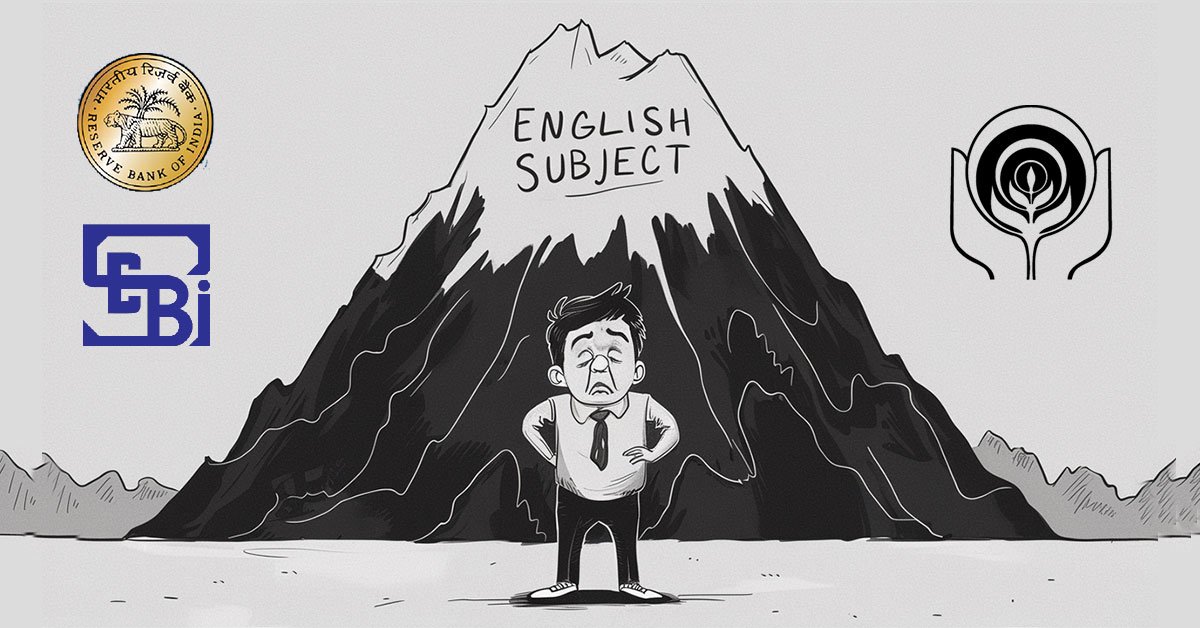Context:
The country of Panama announced that it has decided to leave China’s Belt and Road Initiative (BRI), which is a mega program involving infrastructure and investments. The latest move comes following pressure from the United States, with US Secretary of State Marco Rubio referring to several concerns over China’s rise in the Panama Canal region.

Key Highlights:
- Panama’s Concessions to the US
- Panama Canal Authority assured US Navy ships of free passage, optimizing the priority for US vessels transiting the canal.
- President Jose Raul Mulino assured the US that Panama would not cede control of the canal, despite mounting tensions with the US.
- Withdrawal from the Belt and Road Initiative
- Panama had agreed to exit the Belt and Road project, with the country’s chief of staff Mulino stating that it would not be renewing participation after the present agreement expires in 2026.
- Panama is now the first Latin American nation to opt out of the program.
- Panama’s Canal Position
- Mulino downplayed fears of US military intervention over the canal, reassuring that the treaty regarding its control remains valid and stable.
- While Trump had criticized Panama for “exorbitant” rates for US ships, Mulino reiterated Panama’s sovereign control over the canal.
- China’s Influence in Latin America
- This is the latest move by a Latin American country to cut diplomatic ties with Taiwan and recognize China. In 2017, Panama had already cut diplomatic relations with Taiwan.
- China has continued to gain ground in the region, especially with the BRI, despite opposition from the US.
Panama Canal
- This is an artificial 82-kilometer waterway in Panama connecting the Atlantic and Pacific Oceans, cutting across the Isthmus of Panama.
- Significance
- Used for maritime trade and across the Isthmus of Panama.
- Shortens time for ships crossing between Atlantic and Pacific oceans.
- Avoids the hazardous route around southernmost tip of South America.
- One of the biggest and most challenging engineering projects.
















